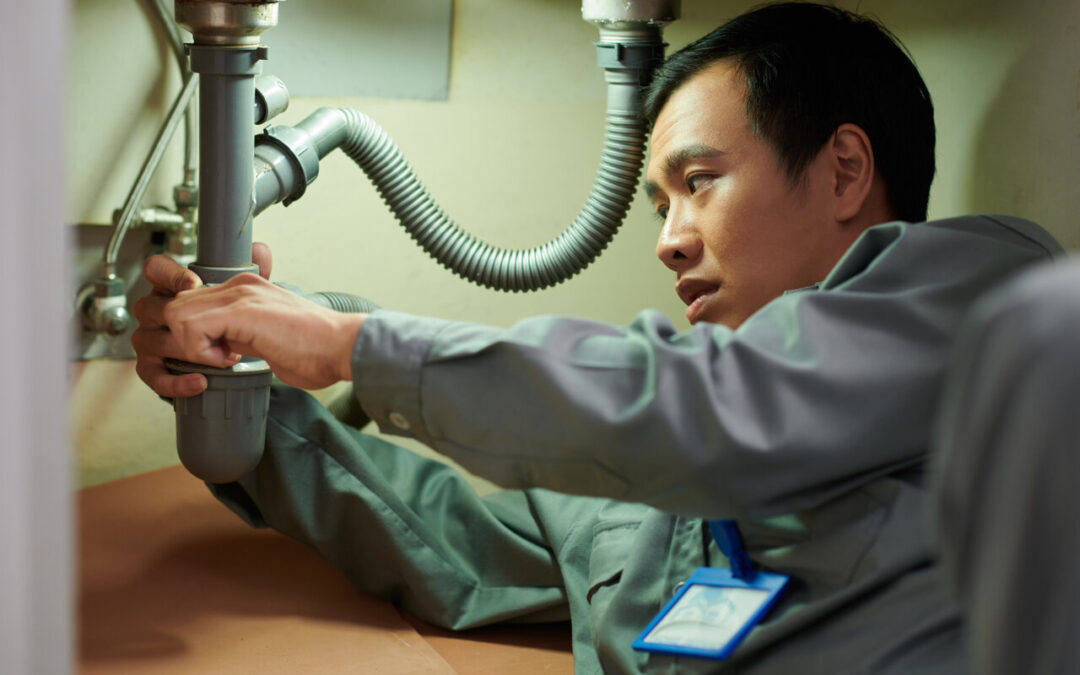A well-functioning garbage disposal is an integral part of an efficient modern kitchen, offering a convenient method to dispose of food waste and minimizing the risk of clogged drains. However, this indispensable appliance requires proper care and maintenance to ensure it performs at its best while preventing unpleasant odors, jams, and potential damage.
As your Menlo Park, CA plumbing specialist, Shoreway Plumbing is here to provide a comprehensive guide to proper garbage disposal maintenance. This invaluable resource will outline the steps necessary to keep your disposal running smoothly, extend its lifespan, and avoid common pitfalls associated with this kitchen workhorse.
Understanding the Do’s and Don’ts of Garbage Disposal Use
To maximize the efficiency of your garbage disposal and prevent possible issues, it’s crucial to know and practice correct usage habits. Here are some essential do’s and don’ts to follow:
Do:
– Run cold water before, during, and after using your disposal.
– Use dish soap and cold water to clean the disposal regularly.
– Break large waste items into smaller pieces to avoid clogs and jams.
– Keep the disposal covered with a drain guard to prevent foreign objects from falling in.
Don’t:
– Pour grease, oil, or fats down the disposal, as they can solidify and cause blockages.
– Dispose of fibrous or hard-to-grind items (e.g., corn husks, bones, fruit pits) that can jam the disposal.
– Use hot water while running the disposal, as it can cause fat and grease buildup.
– Use bleach or harsh chemical cleaners, as they can damage the disposal’s components.
Tips for Cleaning and Deodorizing Your Garbage Disposal
Regular cleaning and deodorizing are essential to eliminate food particles and prevent foul odors from emanating from your garbage disposal. Follow these tips for a clean and fresh-smelling disposal:
- Grind citrus peels: Occasionally grind small amounts of lemon, lime, or orange peels to naturally clean and freshen up your disposal.
- Use baking soda and vinegar: Pour a half-cup of baking soda into the disposal and follow with a cup of white vinegar. Let the mixture sit for 15-20 minutes before flushing with cold water.
- Clean the grinding chamber: With the disposal turned off, use a scrub brush or toothbrush to clean the grinding chamber and detachable baffle, if applicable.
Troubleshooting Common Garbage Disposal Issues
Despite proper maintenance, garbage disposals can still encounter issues. Here are common problems and their potential solutions:
- Disposal not running: Check if the outlet has power, the unit’s plug is secure, and the disposal’s reset button (usually located on the bottom of the unit) is pressed. If the issue persists, seek professional help.
- Jams: Always unplug the disposal before attempting to fix a jam. Use pliers or a hex wrench to remove stuck objects and rotate the grinding plate manually to help loosen the jam.
- Leaks: Check for loose connections or damaged parts, such as the sink flange, dishwasher hose, or drain pipe. Tighten connections or replace damaged components as needed.
When to Seek Professional Help for Garbage Disposal Problems
If you’re unable to resolve garbage disposal issues on your own or suspect more complex problems, such as electrical or motor issues, reach out to a professional plumber for assistance. Trying to fix such problems without proper expertise can potentially lead to more severe damage or safety hazards.
Choosing a New Garbage Disposal When It’s Time to Replace Your Existing Unit
If your garbage disposal is over ten years old, experiences frequent issues, or lacks the power and efficiency needed for your household, it may be time to consider a replacement. Here are some factors to consider when choosing a new disposal:
- Motor size: A garbage disposal motor’s power, measured in horsepower (HP), typically ranges from 1/3 HP to 1 HP. Choose a motor size suitable for your household’s needs.
- Noise level: Look for quiet operation models with insulation or noise-reduction features.
- Continuous versus batch feed: Continuous feed disposals allow for ongoing grinding, while batch feed models require a stopper and are often considered safer, as they can only operate when properly engaged.
Conclusion
Proper care and maintenance of your garbage disposal can significantly extend its lifespan, reduce unpleasant odors, and prevent potential issues and costly repairs. By following the tips and guidelines presented in this comprehensive guide, you’ll be well-equipped to keep your kitchen running smoothly and efficiently.
If you need professional assistance with maintaining, repairing, or replacing your garbage disposal in Menlo Park, CA, trust the experts at Shoreway Plumbing to provide reliable, top-quality solutions. Get in touch with us to learn more about our professional plumbing service and schedule an appointment with one of our experienced technicians.

